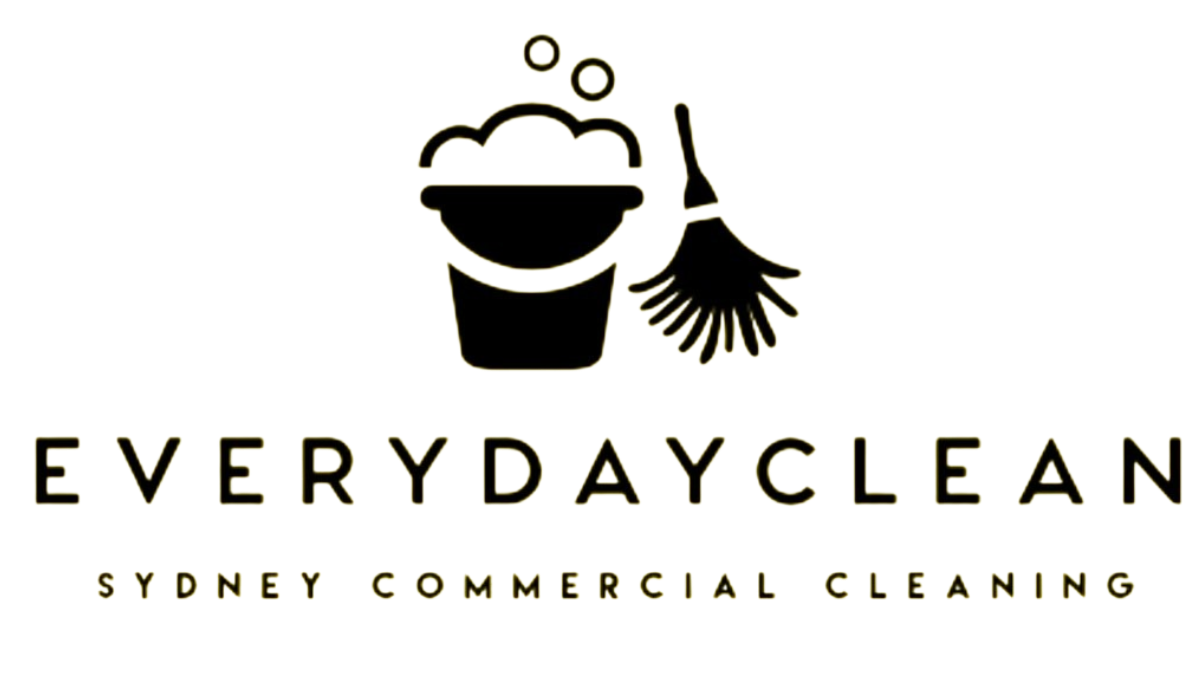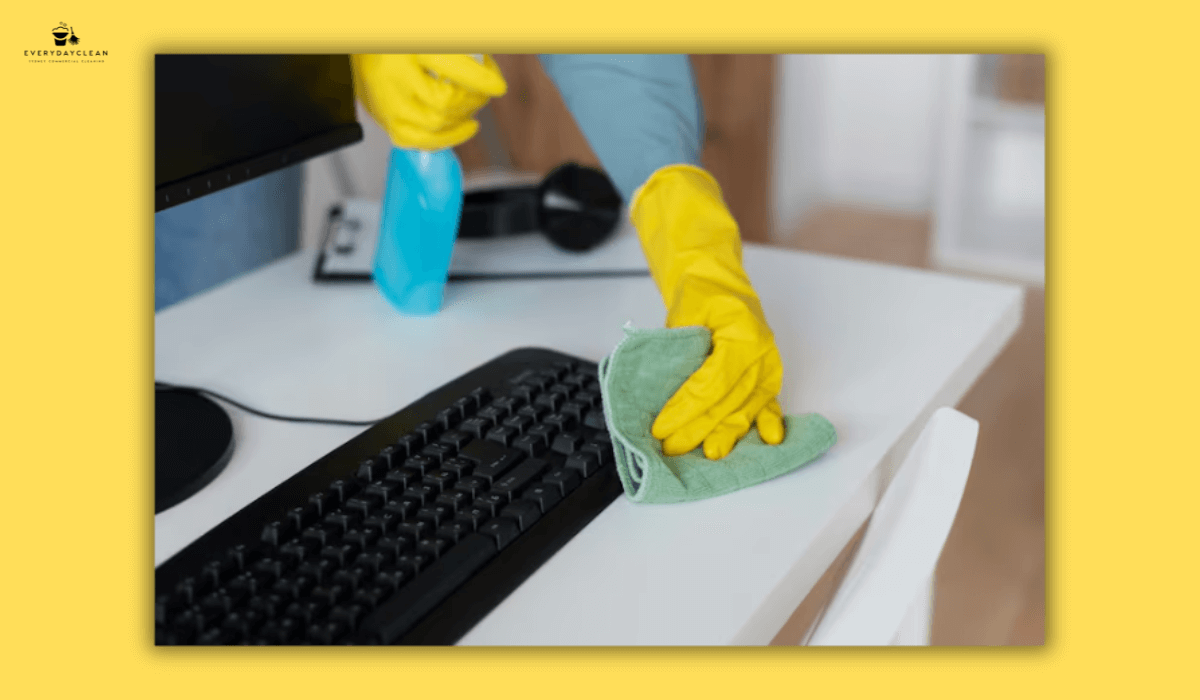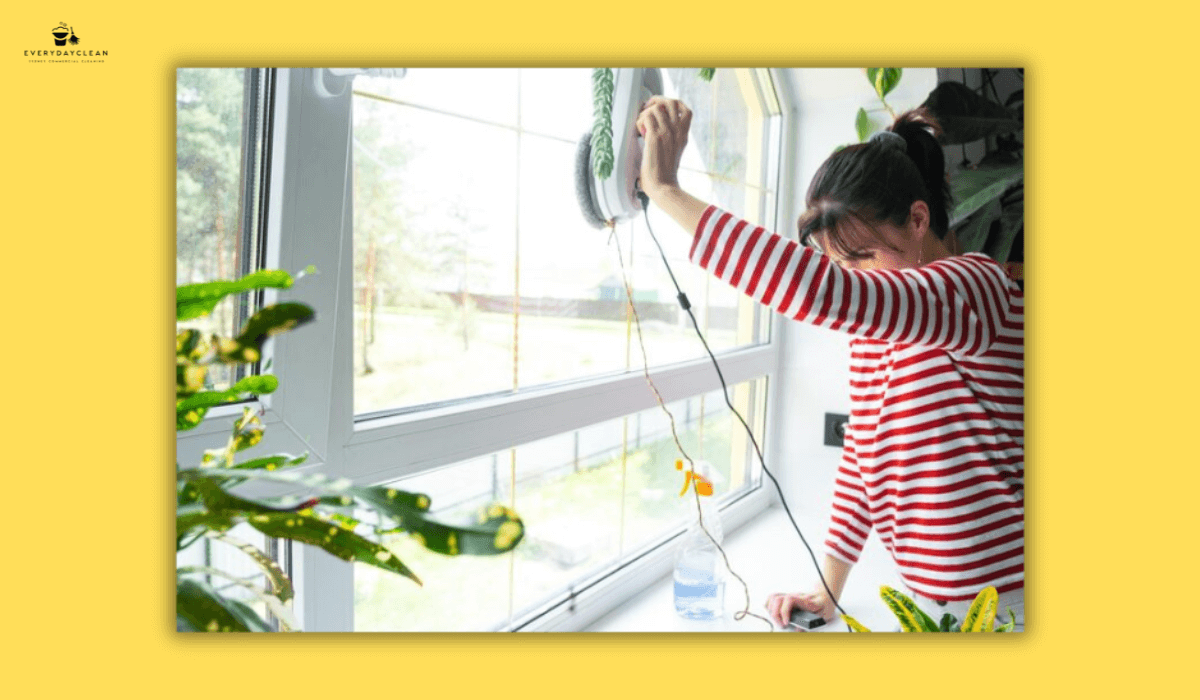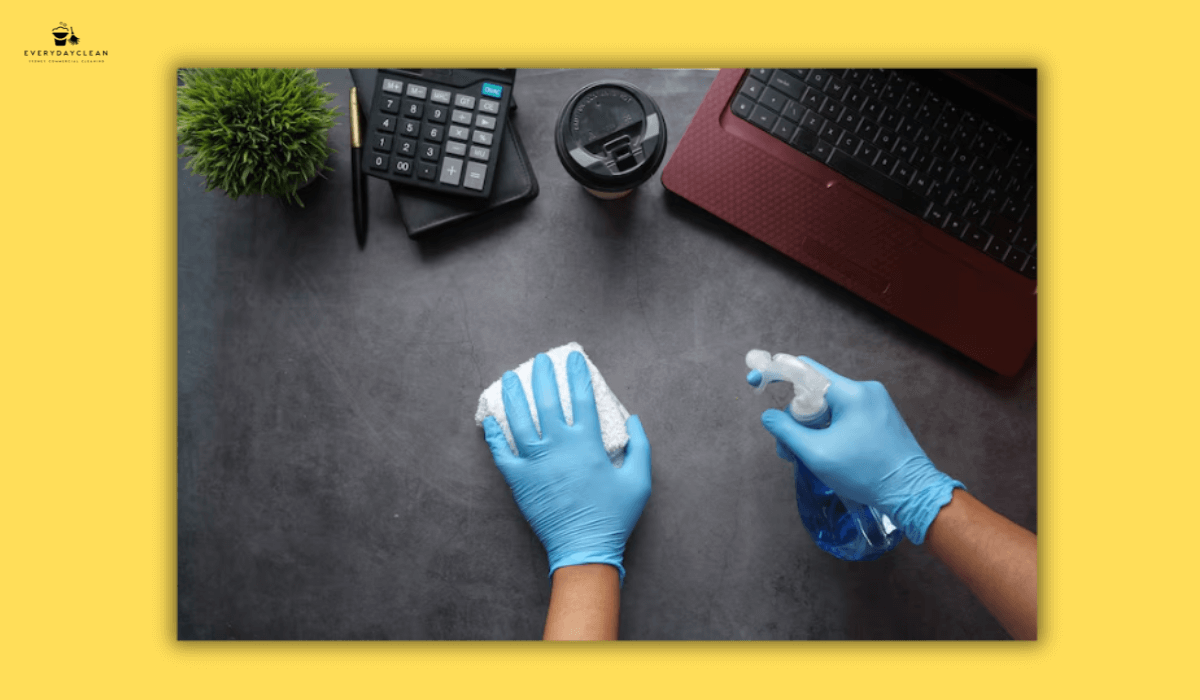15 Airbnb Cleaning Tips for 5-Star Guest Turnovers
Airbnb cleaning tips start with precision and consistency. Every turnover must meet hotel-level hygiene and visual standards. To clean an Airbnb effectively, prioritise high-touch surfaces such as door handles, remotes, and benchtops, using quality disinfectants and microfiber tools. Establish a consistent cleaning system for your team, schedule tasks in sync with bookings, and document each clean with photos to prove compliance and quality. Regularly review guest feedback and perform deep cleaning on rotation to resolve hidden issues like odours, grout build-up, or appliance grime. These practices ensure every guest arrives at a spotless, five-star-ready space.
1. Follow a Consistent Cleaning System
A consistent workflow prevents re-contamination, saves time, and keeps standards uniform across every stay. Begin by airing out the property to eliminate stale odours and improve ventilation. Turn on the lights to expose dust and smudges that natural light hides. Next, collect all used linen, towels, and rubbish in separate bags to avoid cross-mixing. Dust from high to low - ceiling fans, light fittings, skirting boards - before tackling horizontal surfaces. Proceed to kitchens and bathrooms where most bacteria accumulate, then move through living areas and bedrooms, finishing with floors last to avoid tracking dirt. End by checking scent, symmetry, and lighting before guests arrive. For a detailed turnover flow, hosts can follow this Airbnb cleaning checklist to ensure no critical step is missed.
2. Prioritise High-Touch Surface Disinfection
Touchpoints are infection gateways in high-traffic rentals, making them non-negotiable during turnovers. After visible dirt is removed with detergent, apply a TGA-approved disinfectant and allow the recommended contact time for full germ kill. Target areas like door handles, remote controls, switches, appliance knobs, tapware, and bed rails. Always work clockwise through each room to avoid repetition or missed spots. Replace microfibre cloths between bathrooms and kitchens to prevent cross-contamination. Document disinfectant batch numbers and contact times for audit readiness - particularly if cleaning multiple properties. A consistent approach builds trust and aligns with Airbnb’s post-pandemic hygiene expectations.
3. Clean the Kitchen with a Food-Safe Routine
The kitchen determines first impressions and cleanliness ratings. Start by emptying the fridge and pantry, discarding forgotten items. Wash shelves with warm water and mild detergent before sanitising food-contact surfaces using food-grade disinfectant. Wipe stovetops, splashbacks, and rangehood filters to remove grease; clean ovens and microwaves weekly. Soak sink strainers, disinfect taps, and polish stainless steel to restore shine. Finish by mopping the floor with pH-neutral cleaner and ensuring no residue remains. Restock dish soap, tea, coffee, and paper towels. When guests see a spotless kitchen with streak-free glass and polished metal, they instinctively rate the stay higher.
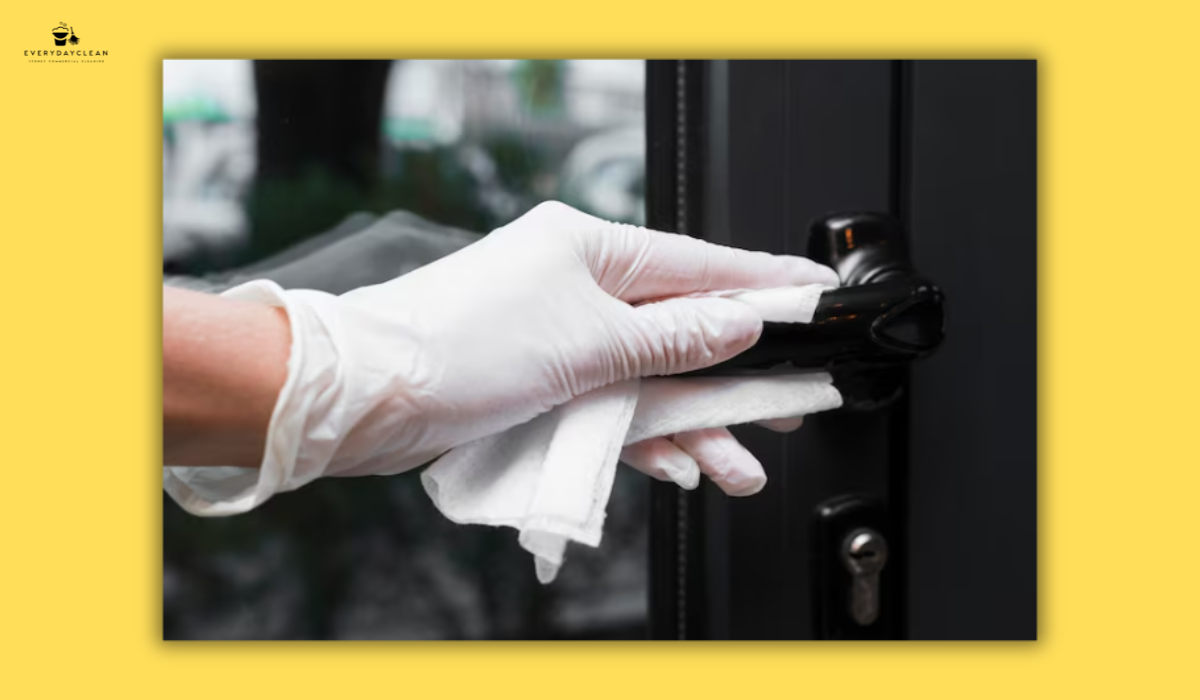
4. Deep Clean Bathrooms Every Turnover
Bathrooms define a property’s hygiene reputation. Begin with dry areas - mirrors, cabinets, and shelving - then move to wet zones. Use bathroom-specific detergent to remove soap scum, limescale, and water stains. Follow with disinfectant on sinks, toilets, and showers, allowing a minimum dwell time of five minutes. Don’t forget the undersides of toilet seats, base bolts, and flush buttons. Polish tapware, restock toiletries, and replace used towels. Empty and disinfect bins, adding a liner and deodoriser. A bathroom that looks freshly sanitised, smells neutral, and glistens under light reassures guests that cleanliness is genuinely prioritised.
5. Wash and Rotate Linen Correctly
Linen management is often underestimated but directly affects guest comfort and property ratings. Keep at least two complete sets per bed to enable immediate rotation. Use a gentle detergent with an antibacterial additive and wash whites separately in warm water. Avoid heavy fragrances that can trigger sensitivities. Dry all linen completely before storage to prevent mildew. Iron pillowcases and top sheets for a crisp presentation; fold systematically by size and label storage tubs. Clean washing machine seals weekly and run a hot-wash maintenance cycle monthly. Consistent linen care signals professionalism and prevents wear from over-washing.
6. Master Quick Turnovers for Back-to-Back Bookings
Back-to-back check-outs test a host’s organisation more than any other task. Begin laundry immediately and ventilate all rooms. Split duties among cleaners: one focuses on linens and bedrooms, another on the kitchen, bathroom, and common areas. Work from top to bottom, inside to outside, and dry to wet areas. Use portable caddies to reduce walking time and pre-filled microfibre sets to avoid washing delays. For small teams, cleaning apps like Turno streamline assignments and timestamp completions for Airbnb verification. Record every turnover on a simple checklist - time in, time out, and inspection result - for consistency and accountability.
7. Use Colour-Coded Cleaning Tools
Professional cleaners use colour-coding to eliminate cross-infection. Assign blue cloths for general surfaces, red for bathrooms, yellow for kitchens, and green for glass or mirrors. Keep tools in clearly labelled caddies to speed retrieval. Microfibre cloths outperform cotton because they trap microscopic particles and require less chemical use. Rinse thoroughly between rooms and wash after each job at 60°C. Store mops upright to dry fully and prevent bacterial growth. Following this structured tool system ensures predictable quality, compliance with Australian workplace hygiene guidelines, and longer equipment lifespan - all crucial for busy Airbnb operations.
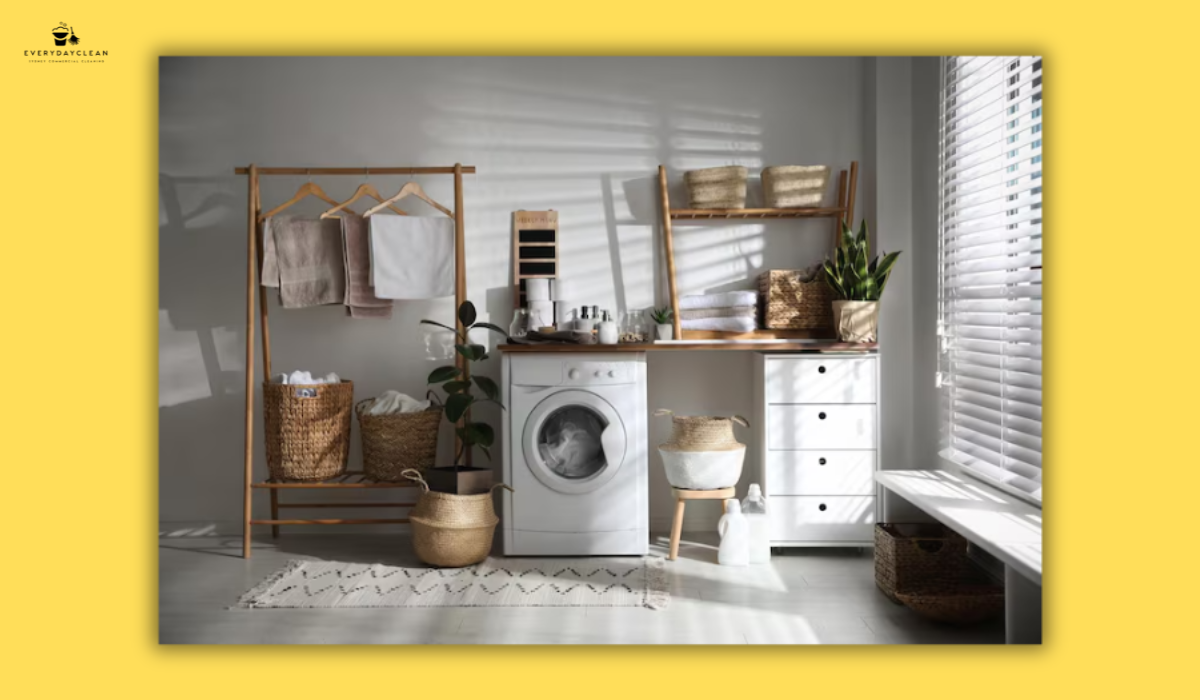
8. Restock Essentials Between Guests
A fully stocked Airbnb communicates attention to detail and guest care. After cleaning, verify that all consumables are replenished. Bathrooms need soap, shampoo, tissues, and at least two spare toilet rolls. Kitchens require dish detergent, sponges, bin liners, tea, coffee, and condiments. Add paper towels, disinfectant spray, and spare cleaning cloths for emergencies. Maintain an inventory sheet that tracks usage rates and purchase intervals. Restocking not only enhances guest satisfaction but also prevents negative reviews about missing basics. A well-equipped space signals that the property is managed with hotel-level consistency.
9. Focus on Odour Control
Clean visuals mean little if air quality is neglected. Start by ventilating the property for at least 20 minutes after guests depart. Wash bins thoroughly, including lids and undersides, using hot water and detergent. Neutralise odours with baking soda or enzyme sprays instead of masking scents with air fresheners. Wash or replace filters in air conditioners and rangehoods monthly. For pet-friendly listings, vacuum upholstery using a motorised brush and apply an enzyme-based deodoriser. Always finish by checking that the overall scent is fresh but neutral - the hallmark of a properly cleaned environment.
10. Maintain Floors for Lasting Cleanliness
Floors endure the heaviest traffic and require daily maintenance for durability and hygiene. Vacuum carpets and corners thoroughly using HEPA-filter machines to capture allergens. For hard floors, choose a neutral cleaner suited to timber or tiles and mop with clean water, replacing it frequently. Inspect for stains, scuffs, or shoe marks and remove promptly. In high-traffic zones, polish or reseal floors quarterly. A spotless floor creates an immediate sense of order that guests subconsciously associate with overall property quality.
11. Schedule Deep Cleans Monthly
Regular turnovers handle appearance, but deep cleans preserve condition. Every four to six weeks, schedule intensive cleaning: steam carpets, degrease ovens, descale bathroom fixtures, and wash window tracks. Clean behind furniture, under beds, and along skirting boards. Dust ceiling fans and vents that collect unseen debris. Rotate mattresses and steam upholstery to refresh fibres. Deep cleaning prevents odour build-up, reduces allergens, and extends the life of furnishings. Maintaining this schedule keeps the property looking brand-new and compliant with Airbnb’s cleanliness pledge.
12. Disinfect Shared Equipment and Electronics
Shared amenities require separate treatment to protect guests. Wipe BBQs, coffee machines, and shared controls with non-corrosive disinfectant after each stay. For electronics, use alcohol-based wipes to clean remotes, keypads, and thermostats without damaging surfaces. Replace batteries periodically and sanitise covers. These extra steps show professionalism and transparency, reassuring guests that every surface they touch is safe and properly maintained.
13. Keep Cleaning Supplies Organised
A disorganised supply area slows productivity and increases waste. Store all products in labelled containers with clear dilution instructions. Maintain a central inventory log, restock weekly, and inspect expiration dates. Mount wall hooks for mops and vacuums to improve airflow and prevent mildew. Use sealed tubs for microfibre cloths, separating clean and dirty stock. Keep Safety Data Sheets accessible for all chemicals to meet Australian health regulations. Well-organised storage transforms cleaning from a chore into a disciplined, efficient operation.
14. Prevent Common Guest Complaints
Most cleanliness complaints stem from avoidable oversights. Conduct a “guest-eye check” by entering each room as if inspecting a hotel. Look for hair in showers, smudged mirrors, streaked glass, or sticky remotes. Roll soft furnishings with lint rollers and polish chrome fixtures last to prevent spots. Replace burnt-out bulbs and align blinds evenly. Finally, leave a brief “cleaned and checked” card near the welcome booklet to confirm your commitment to hygiene. These details protect your rating and convert first-time guests into repeat customers.
15. Partner with Professional Airbnb Cleaners
Outsourcing cleaning ensures consistency, compliance, and peace of mind. Professional teams like
Everyday Clean’s Airbnb cleaning services bring expertise in eco-friendly disinfection, staff training, and scheduling back-to-back turnovers efficiently. They use hospital-grade products, maintain insurance coverage, and document cleaning processes for audits. For busy hosts managing multiple properties, partnering with a specialist saves time while guaranteeing every guest walks into a spotless, sanitised, and welcoming home. Investing in professional cleaning isn’t an expense - it’s the foundation of a sustainable, 5-star Airbnb business.
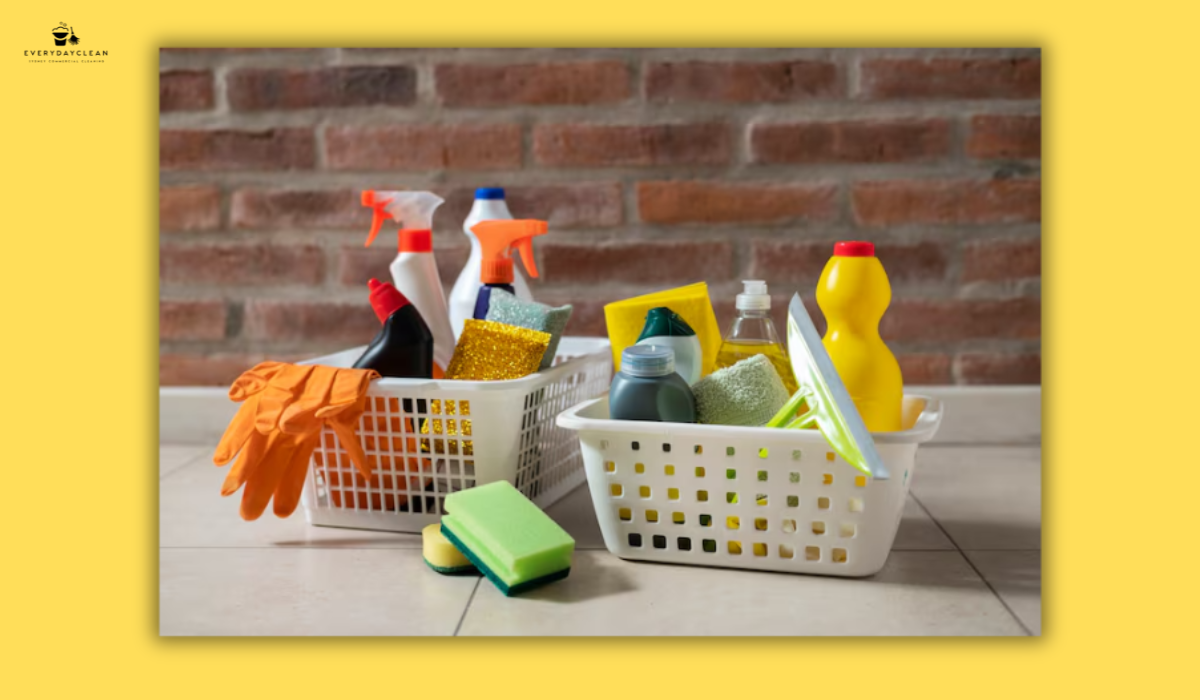
FAQs: Airbnb Cleaning Tips
Maintaining excellence in Airbnb cleaning requires balancing speed, thoroughness, and safety. The questions below address common host challenges and provide detailed, practical solutions grounded in professional cleaning practice.
How long should it take to clean an Airbnb?
Time depends on property size and turnover complexity. A two-bedroom unit usually requires 90–120 minutes for one cleaner or 60 minutes for two. This includes washing linens, disinfecting all touchpoints, restocking, and final inspections. Larger homes or pet-friendly listings may add 30–45 minutes. Efficiency improves when cleaners follow a structured flow and prepare caddies in advance. Logging time data also helps adjust pricing and staffing for future stays.
What cleaning products are best for Airbnb properties?
Select products that combine safety, effectiveness, and sustainability. Use pH-neutral multi-surface cleaners, chlorine-free bathroom sanitisers, and food-safe kitchen disinfectants. Always check for TGA approval to meet Australian compliance. Microfibre cloths, HEPA-vacuum filters, and enzyme-based odour removers complete the toolkit. Avoid overly scented chemicals, which may irritate guests with allergies. For eco-conscious hosts, plant-based formulas with biodegradable surfactants offer excellent results without compromising hygiene.
How can hosts save time on cleaning days?
Preparation is everything. Keep spare linens folded and ready, pre-bundle bed sets by size, and store duplicate caddies for bathrooms and kitchens. Place spare bin liners inside bins for quick replacement. Use a cordless vacuum with multiple attachments for faster movement. Clean mirrors and glass last to prevent dust settling. Automation tools like Turno or Properly coordinate cleaners, verify photos, and manage supplies remotely, cutting 15–20 minutes per turnover.
Should hosts clean themselves or hire professionals?
For small or occasional rentals, self-cleaning may suffice, but professional cleaning ensures scalability and reliability. Trained teams follow documented procedures, bring commercial-grade equipment, and maintain liability insurance. They understand product contact times, disinfection protocols, and guest-ready presentation. Outsourcing also protects hosts from burnout and inconsistency - critical when managing multiple listings or meeting same-day check-ins.
Conclusion
Excellence in Airbnb cleaning isn’t achieved through shortcuts but through disciplined, repeatable routines. These Airbnb cleaning tips combine hygiene science, workflow management, and hospitality presentation to help hosts deliver immaculate stays that guests remember for the right reasons. Whether managing one property or several, applying this structured system protects your investment, safeguards health, and ensures consistent five-star reviews.
For Sydney hosts seeking reliable, eco-friendly cleaning support, Everyday Clean provides comprehensive Airbnb turnover services - from linen management to full disinfection - so every listing stays spotless, compliant, and guest-ready.
Author: Everyday Clean Content Team
Everyday Clean is Sydney’s trusted provider of commercial and Airbnb cleaning solutions. Our licensed professionals use TGA-approved, eco-friendly products to deliver hygienic, compliant, and flawless results. With experience across hospitality, education, and office sectors, we help property owners maintain spaces that guests, families, and clients trust.
